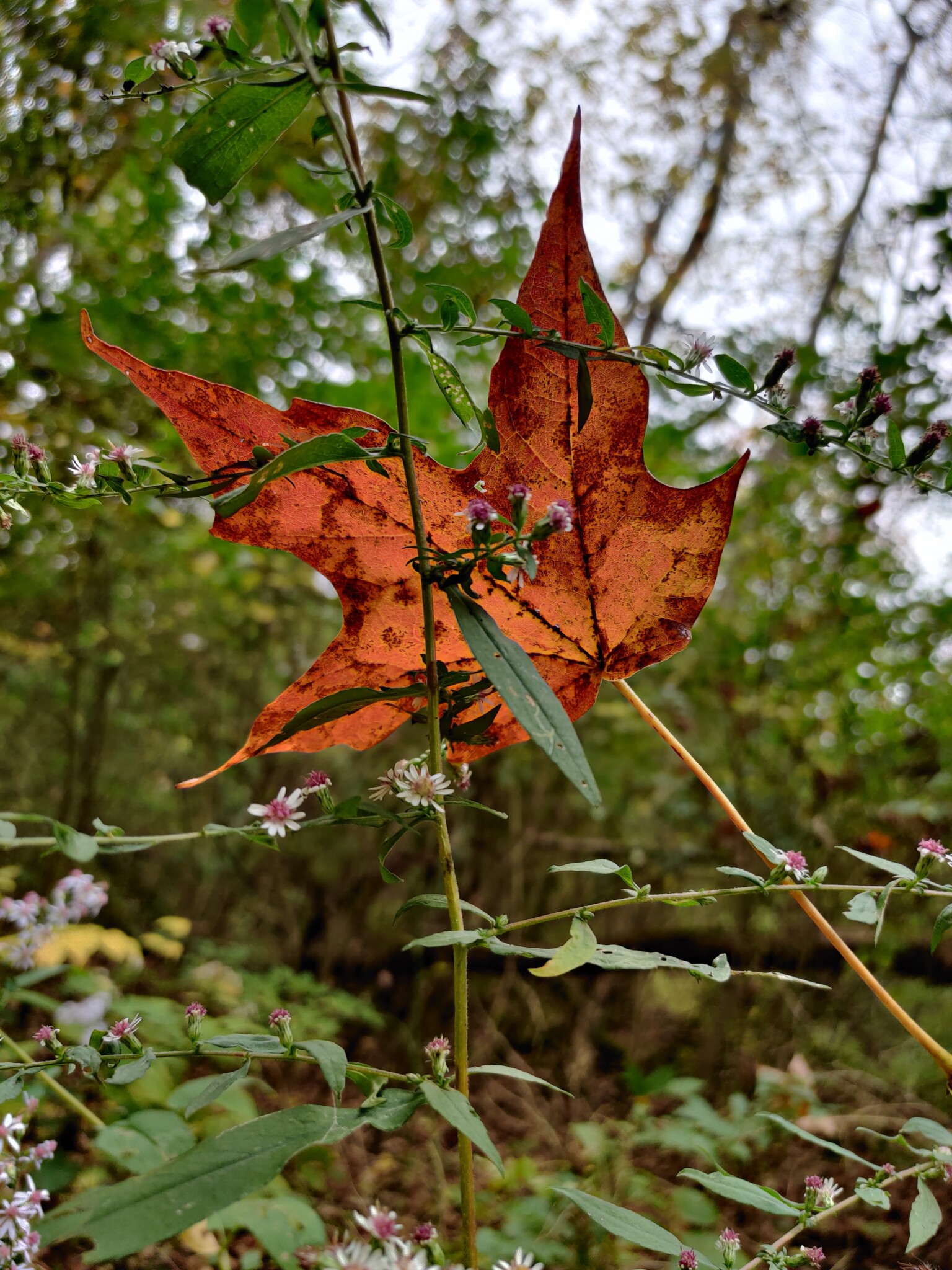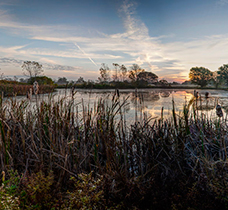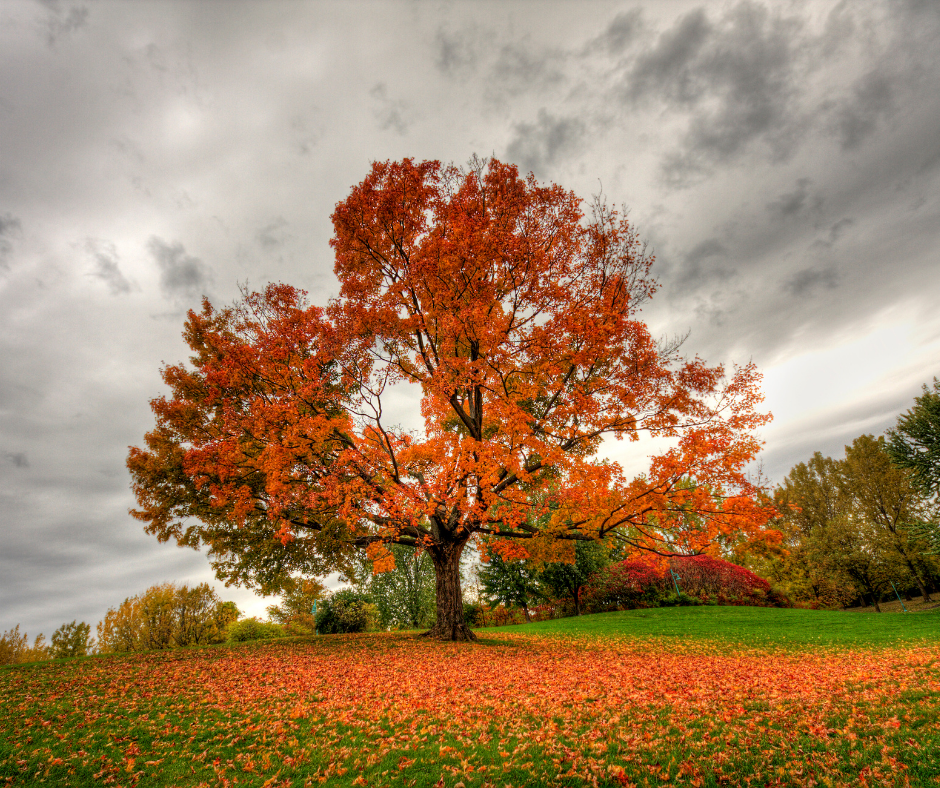Published February 28, 2023
Remove and replace this popular invasive plant from your property this spring
Heads up! This article was published 1 year ago.
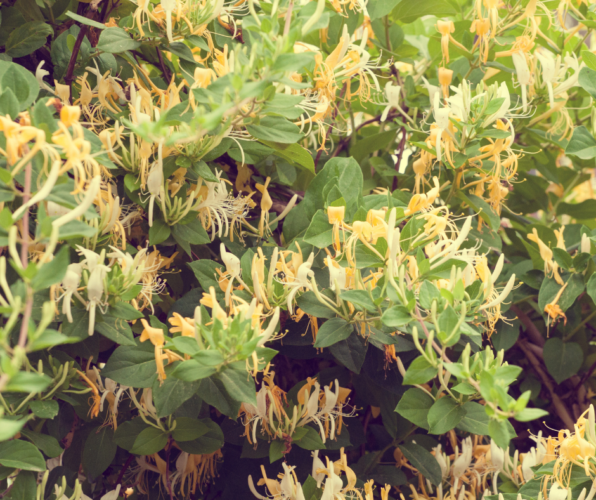
Guest blogger: Sustainability Manager Tim Pritchard
Invasive species reduce biodiversity, degrade habitat, and limit the ability of native ecosystems to store carbon, making their removal and replacement an important and impactful conservation action for any who manages land, from backyard to commercial property. Replacing invasives with native species helps to create habitat and mitigate climate change by extending natural areas. This effort opens the door for the exciting potential of rewilding land with native species and creating beautiful naturalistic landscapes. This spring season, we will explore how to remove common invasives and replace them with natives. Let’s start with one of the most common and familiar:
Bush Honeysuckle (Lonicera sp.)
This common invasive – which includes several species in our region – grows almost anywhere it is allowed to and its dense woody, growth and low to mid-story canopy outcompete most native vegetation. This species’ shallow root system changes soil chemistry and destabilizes slopes leading to increased erosion and runoff. Though its vigorous growth may increase primary production and carbon storage, it ultimately prevents the maturation of a diverse ecosystem and reduces the amount of carbon storage potential. This is especially true in areas that would otherwise be forest and prairie ecosystems.
Unfortunately, many landowners leave honeysuckle as windbreaks, hedgerows, and screening due to its fast, dense growth. Wildlife forage on the fruits and spread the seed quickly. Removing honeysuckle requires patience and tenacity, but it is certainly achievable using mechanical removal for small plants and glyphosate treatment for larger specimens with deep roots. Glyphosate can be applied as a foliar spray when native vegetation is dormant or by a cut and treat method. Stumps should be drilled and then a sponge or brush used to apply full strength glyphosate concentrate. Note that care must be taken to avoid exposure to herbicides and manufacturers directions followed at all times.
Honeysuckle can take over wooded or open areas and often grows on streambanks. When removing stands of honeysuckle, it is important vegetation is replaced to prevent erosion, especially on slopes and banks with swift water pressure. A woodchip mulch can create a temporary groundcover, but its advisable to plant vegetation immediately and include trees and shrubs with deep root systems. Let’s consider some native replacements that serve the same screening and windbreak function:
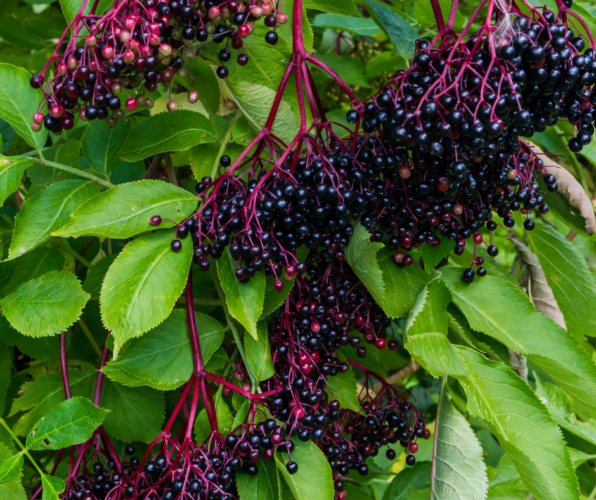
Common Elderberry (Sambuca Canadensis) is an excellent substitute for bush honeysuckle in most cases. It is also a fast growing, vigorous plant and can be allowed to form dense thickets or hard pruned nearly anytime to a desired conformation. It “suckers” and will spread if allowed, but it is fairly easy to control. It bears beautifully fragrant white flowers which attract beneficial insects and has attracted deep purple fruits which provide fodder for bird species which might otherwise feast on honeysuckle fruit. The fruits are human edible as well and can be used for preserves, syrups, and baked goods.
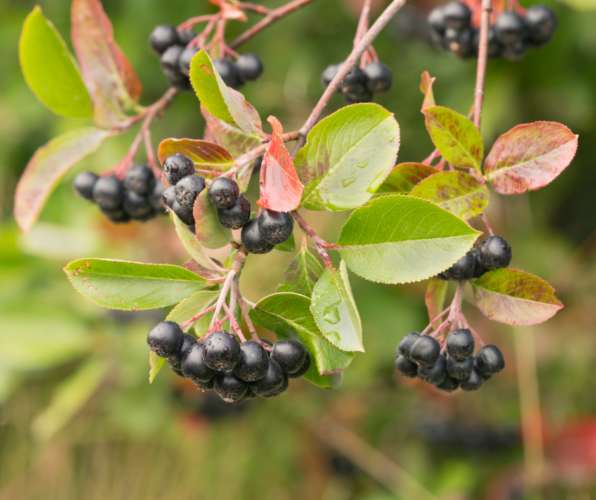
Chokecherry (Prunus virginiana) is another fantastic option to replace dense windbreaks or thickets of honeysuckle. It is highly adaptable to a variety of soil types and will tolerate sun or shade. It is a valuable host plant to many bird species, butterflies including eastern tiger swallowtail, cecropia moths, and sphynx moths. It also bears human edible fruit, so like elderberry, makes a wonderful addition to a perennial native food forest! Root cuttings or saplings are an excellent way to establish chokecherry quickly.
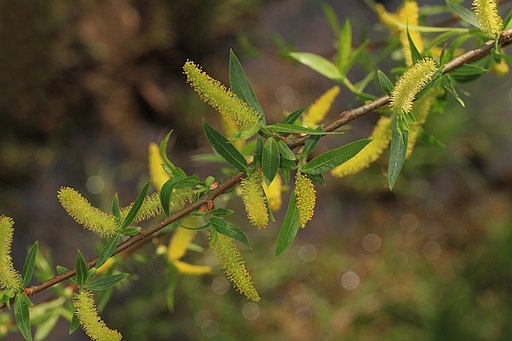
Black Willow (Salix nigra) is a great choice if honeysuckle is being removed from a full sun area near water where it is desirable to have dense vegetation, such as the banks of a stream or pond. This native willow grows quickly and is excellent for erosion control. It provides coverage for small mammals and amphibians and is a host plant for butterflies including viceroys and red-spotted purples. Black willow can be easily planted with live stakes which will produce roots if planted in moist soil with plenty of sunlight.
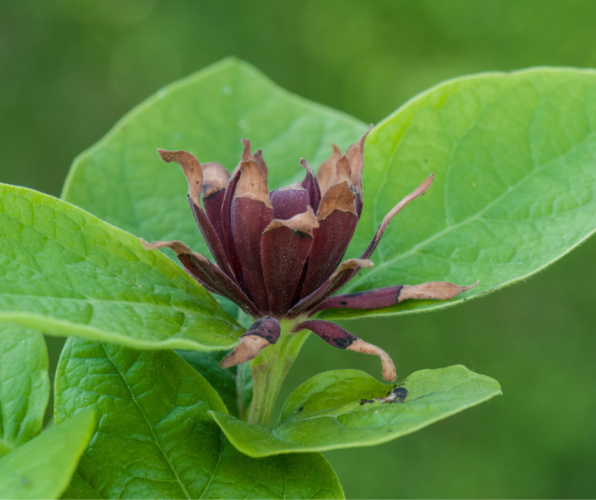
Spicebush (Lindera benzoin) is a small to medium woody shrub that typically grows in the forest understory and produces wonderfully fragrant red fruits and attractive foliage. It makes a great first replacement for honeysuckle on wooded lots and is host to the spicebush swallowtail butterfly. Spicebush can be ordered as bare root or small sapling and easy to establish as long as deer protection is in place.
There are plenty of other great native options for honeysuckle replacement. Below are some excellent resources to learn more about eradicating this pernicious and all too common invasive group and additional replacement ideas:
Ohio State Extension – Controlling non-native invasive plants in Ohio forests: Bush honeysuckle
Ohio Department of Natural Resources – Amur honeysuckle
Ohio Invasive Plant Control – Alternatives for invasive plants in Ohio


